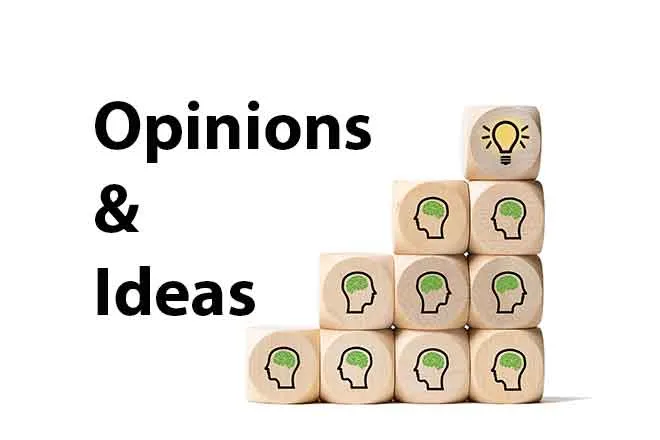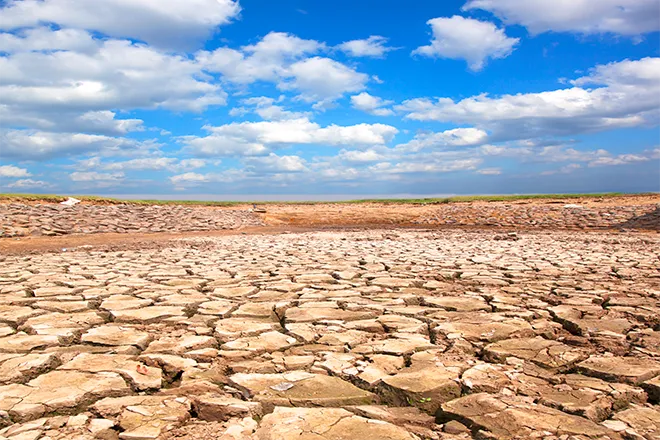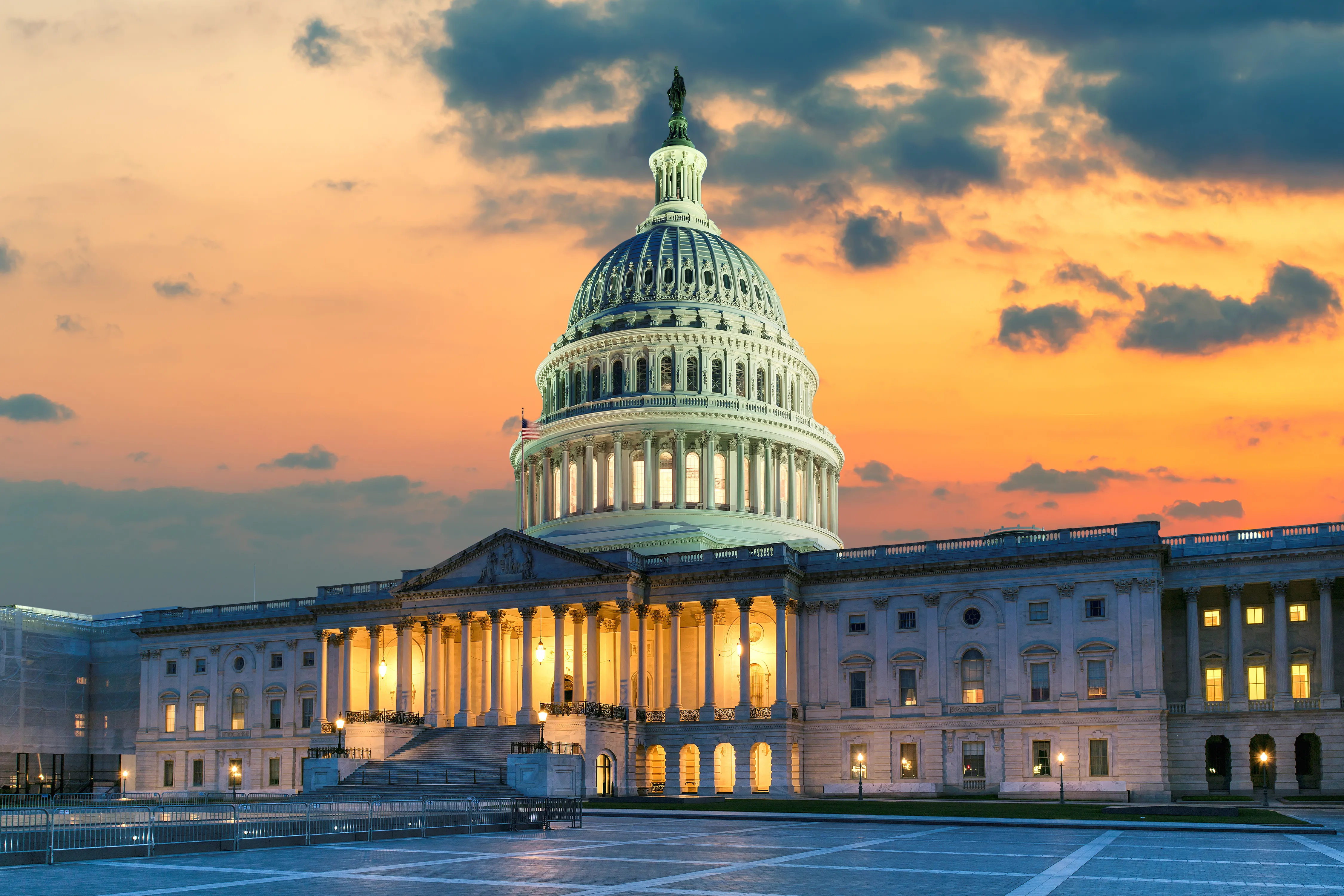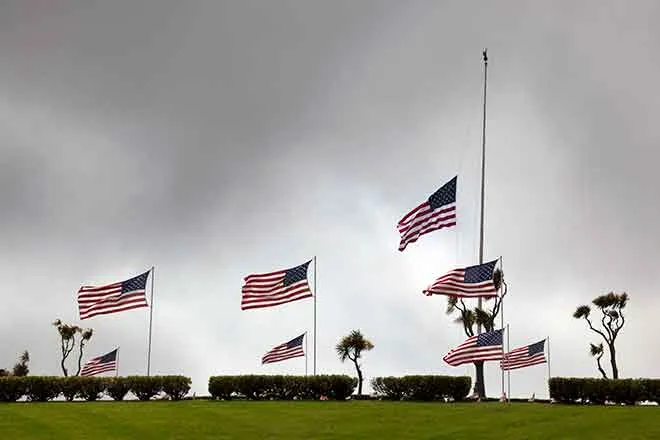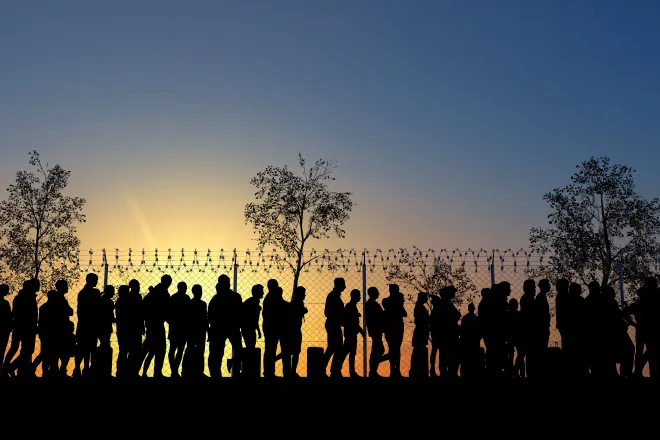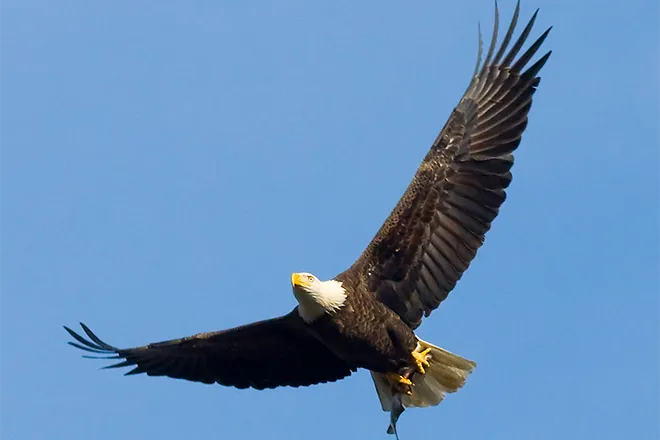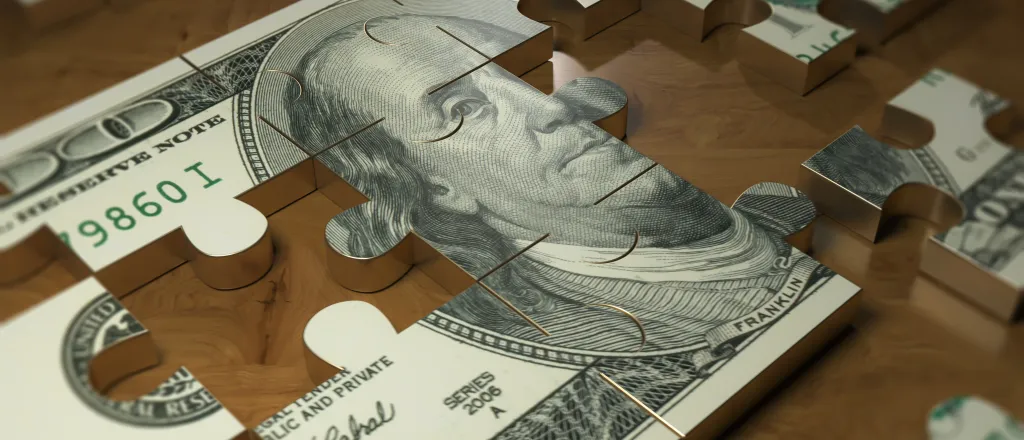
Wyoming budget shortfall worse than first projected
(The Center Square) – The Wyoming Transportation Department (WYNDOT) is facing a budget shortfall nearly three times more than originally projected, a new report by the Dye Management Group estimates, an issue that’s underscoring concerns about the state’s overall tax configuration.
“Due to the inequity in our tax structure, Wyoming is beholden to the extractive industries and the volatility of the market,” Ashley Harpstreith, executive director of the Wyoming Taxpayers Association, told The Center Square by email. “Compounded with the impacts of the COVID-19 pandemic and funding our very expensive K-12 funding model, the result has ended in massive shortfalls in revenue that is unable to keep up with our expenditures.”
Wyoming went from more than 30 active rigs at this time last year to zero in April. This is the first time since statehood that this has happened, Harpstreith said.
Harpstreith added that the impact was compounded by the closing of businesses during the pandemic, and the shortfall in the global economy impacting Wyoming’s trona mining industry.
WYDOT Director Luke Reiner recently told members of the Joint Transportation, Highways and Military Affairs Interim Committee that the Dye report has substantiated the state’s funding shortfall for critical transportation projects, the Wyoming Eagle Tribune reported.
“It does also reinforce the requirement that we fully understand our needs, both in the short term and in the long term, and really the associated risks that we take as we prioritize the available funding,” Reiner said.
Wyoming has one of the lowest tax rates in the nation, according to the Tax Foundation.
“Taxpayers are going to have to decide what they want Wyoming to look like,” Harpstreith said.
Harpstreith explained that adding the figures from the Department of Administration & Information Economic Analysis Division shows that currently for a three-person family earning $65,000 and owning a home valued at $250,000, the taxpayer pays $3,500 in taxes and receives $27,090 in public service benefits.
“Clearly this path is unsustainable as the state reserves dry up, and as markets change our legacy industries are unable to continue to carry this burden,” Harpstreith said.
That’s not their intent, Harpstreith said, but as the market shifts, it changes the revenues. Harpstreith said the state’s K-12 funding mode has added to the shortfall.
“To highlight this point, the Governor has recommended to cut $500 million from the 2021-2022 biennium budget to the 66th Legislature,” Harpstreith said. “We are facing a $225 million in shortfall in the budget, combined with a $310 million shortfall in K-12 education operations, which will be backfilled by the Legislative Stabilization Reserve Account; otherwise known as the LSRA or 'rainy day' funds taking us to approximately $1.2 billion in the LSRA. The Consensus Revenue Estimating Group, otherwise known as a the CREG, projects the LSRA to be drained by the 2025-2026 biennium if we do nothing.”
Harpstreith noted the one data point that is certain is uncertainty.
“The state revenues will still be affected by potential new policy effects by the new federal administration, federal and state royalties remain volatile, there has been severe global impacts to trona, only five oil and gas rigs drilling in the state (compared to 30 this time last year),” Harpstreith said.
Coal production also has continued to decline.
“I do remain certain and hopeful Wyoming will have to continue to be creative and think about long-term solutions to spending options and revenue enhancements as we look to the future,” Harpstreith said.




